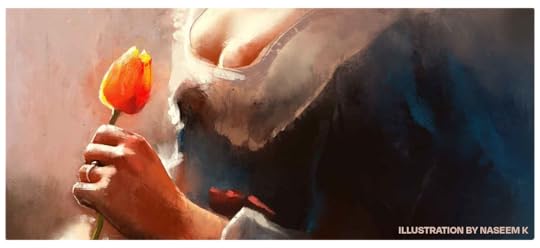What do you think?
Rate this book


272 pages, Paperback
First published January 1, 1999


“I see us as a painting. Cornelis, his white lace collar against black, his beard moving as he eats. The herring lying on my plate, its glistening, scored skin split open to reveal the flesh within; the parted lips of my roll. Grapes, plump and opaque in the candle-light; the pewter goblet glowing dully.”
“There is a purity about our love of flowers; it is an act of homage, untempered by greed. Tulips are the exception to this; when I think of them lust rises within me, a shameful wave of heat.”

